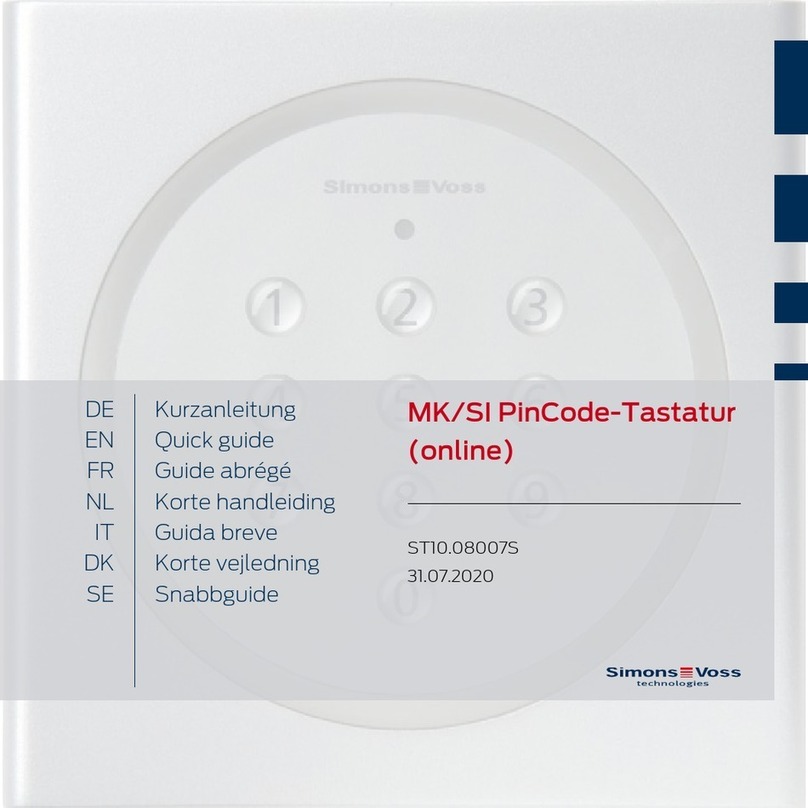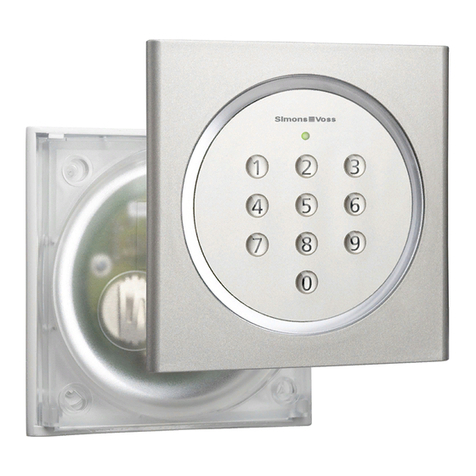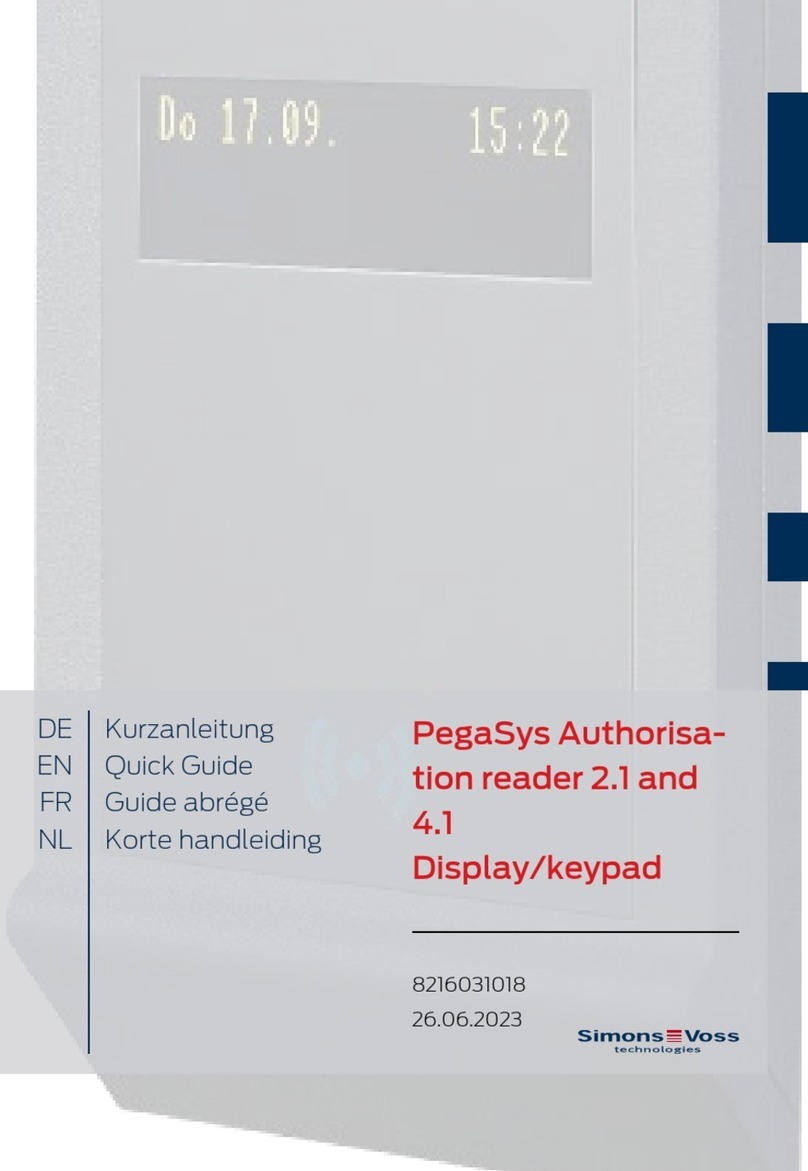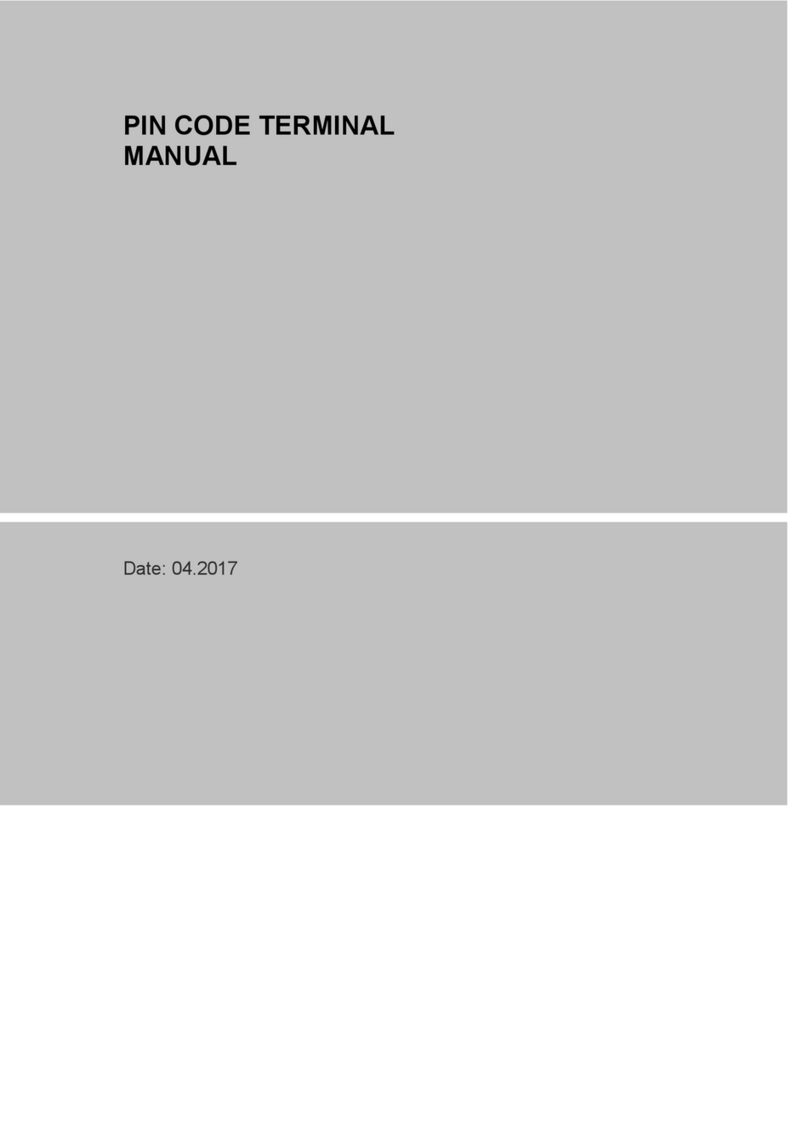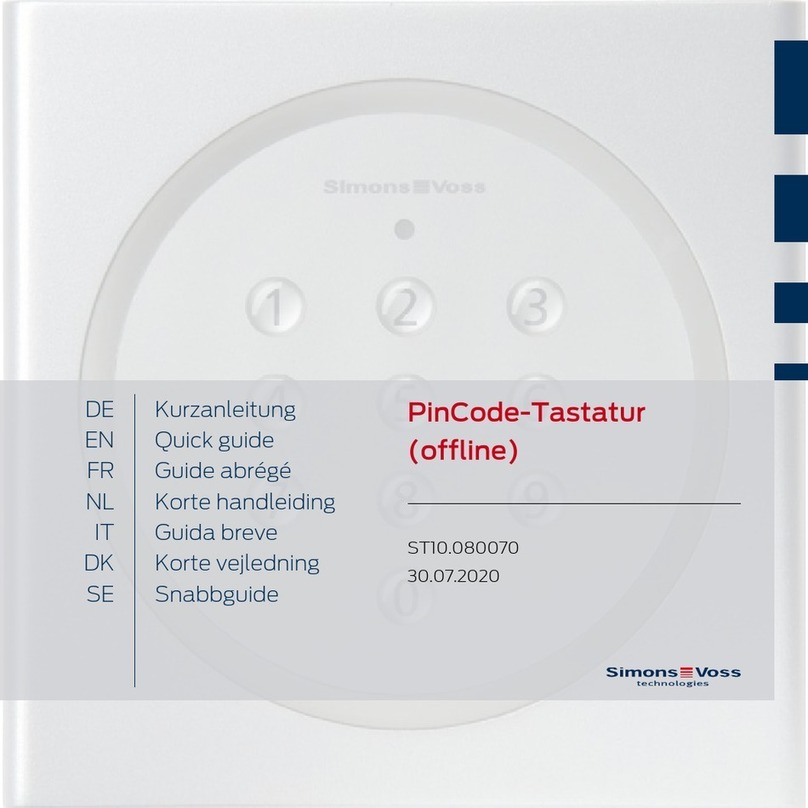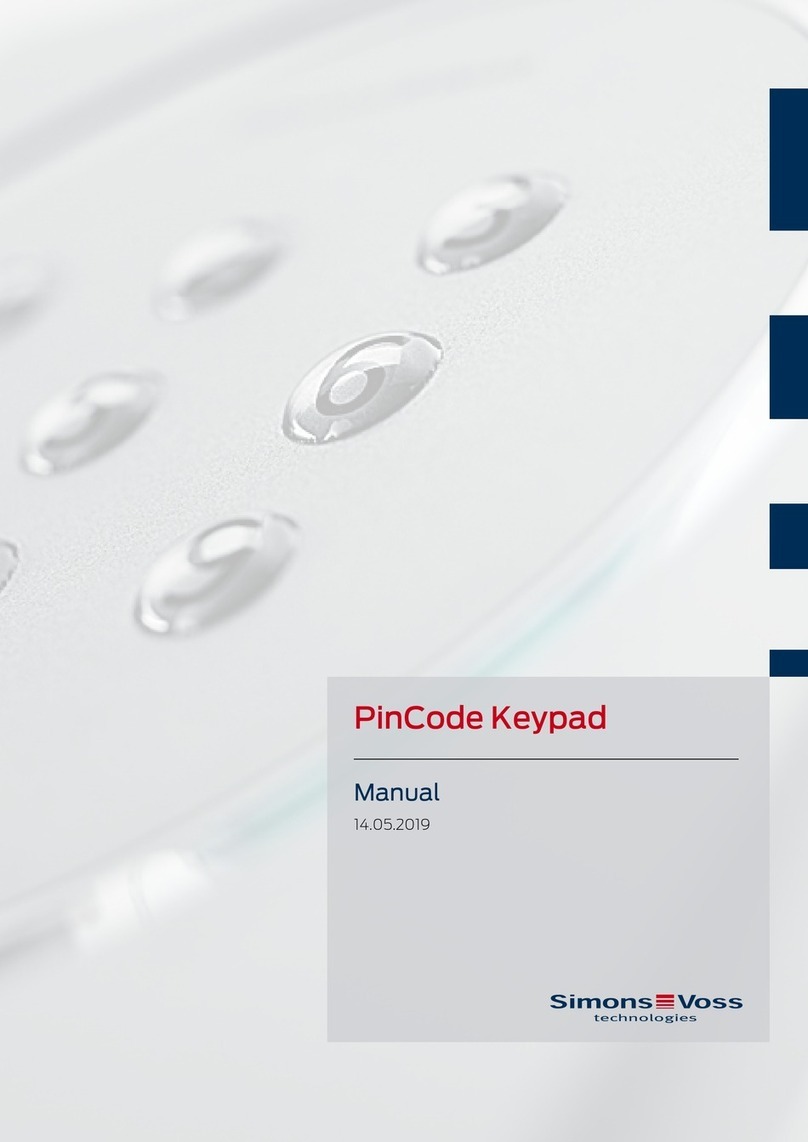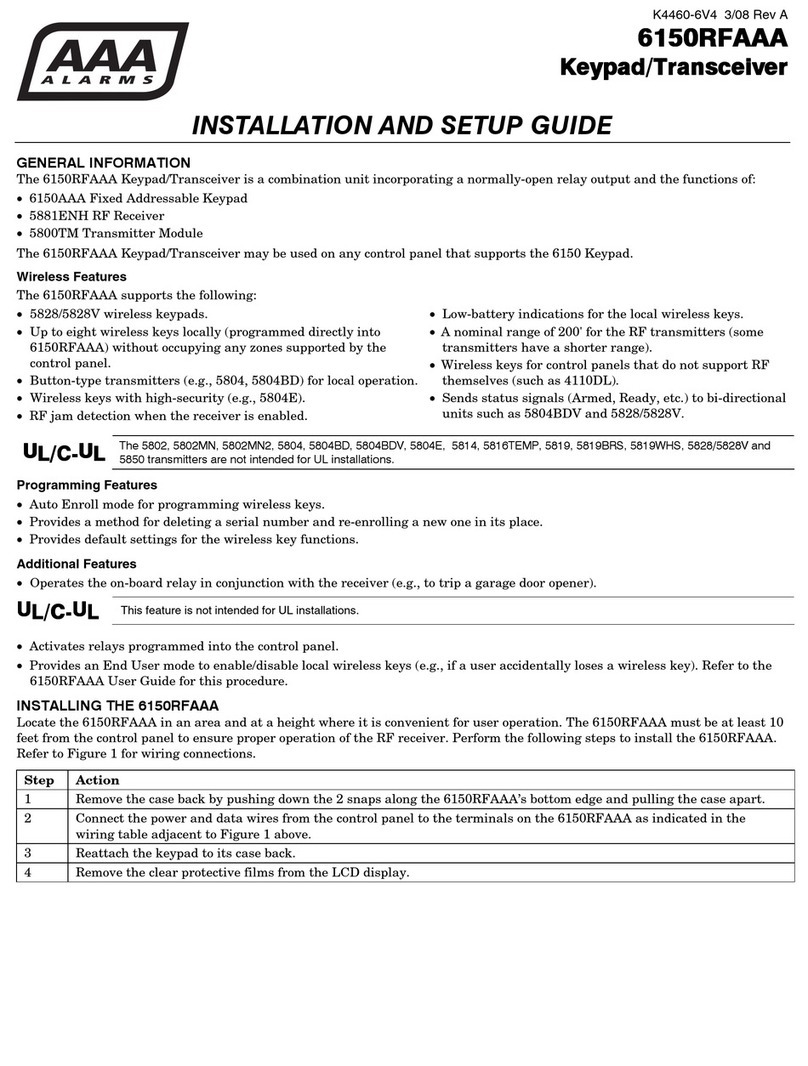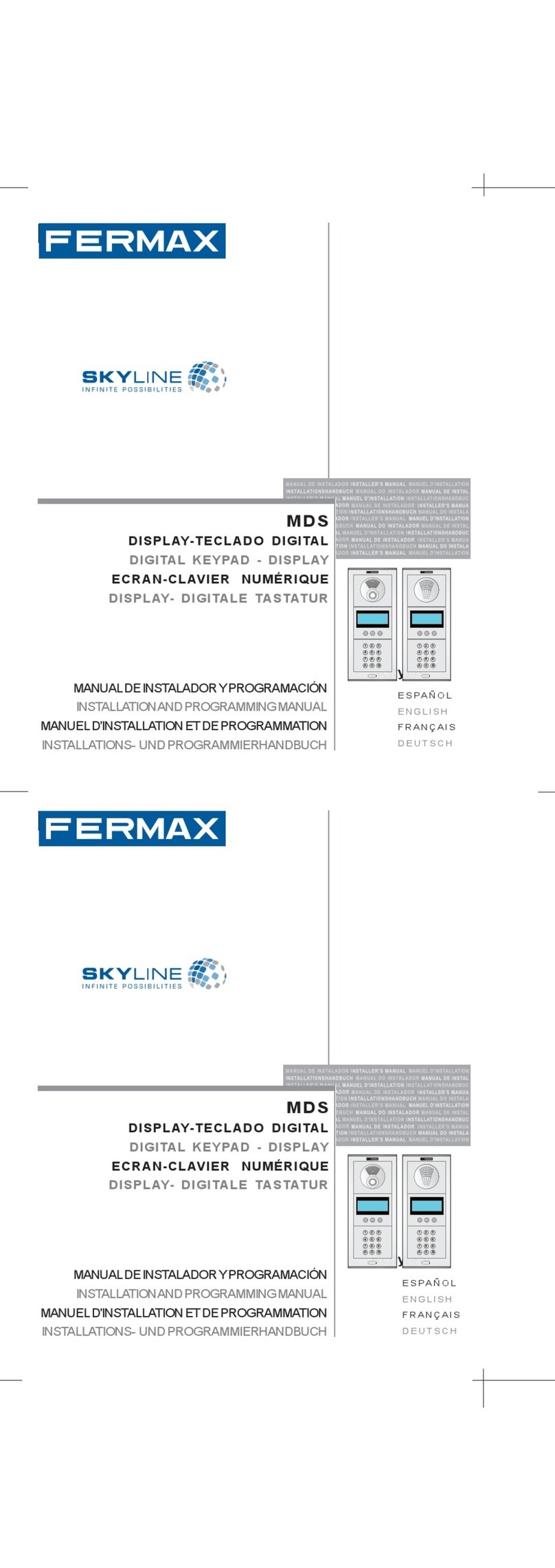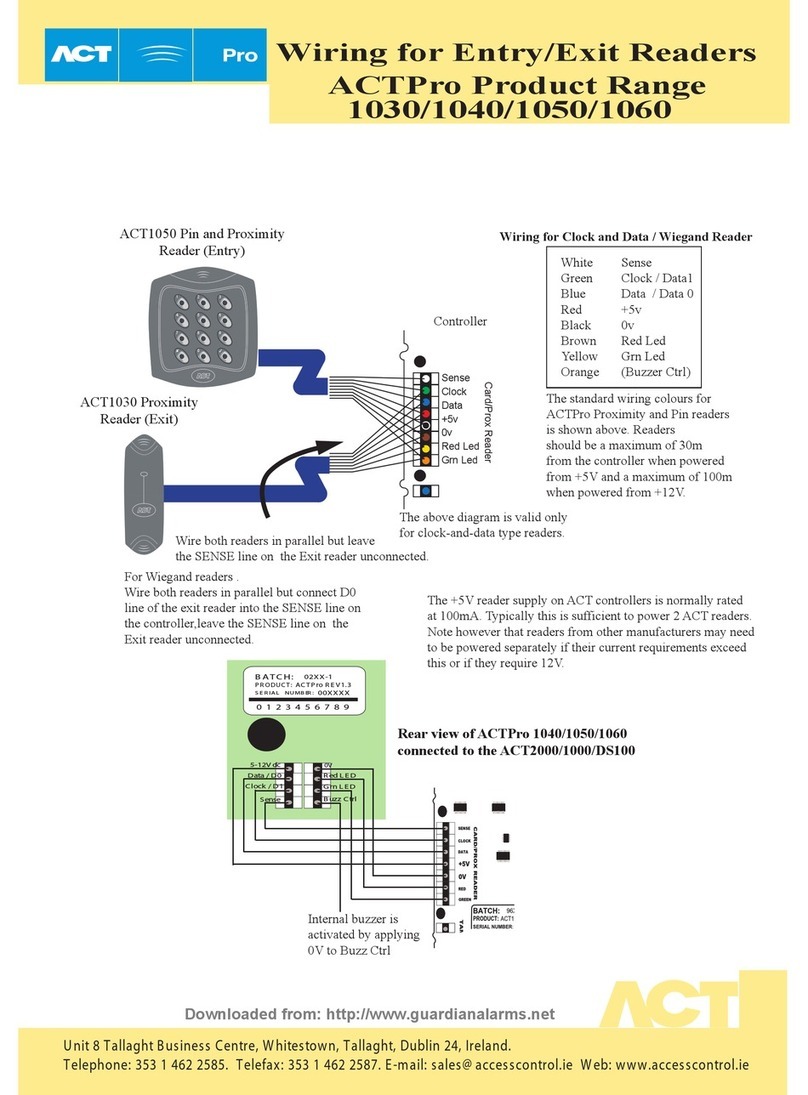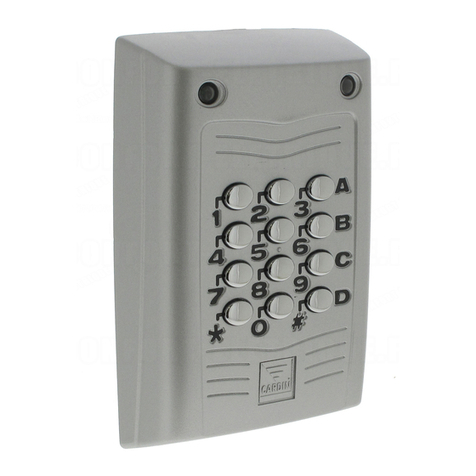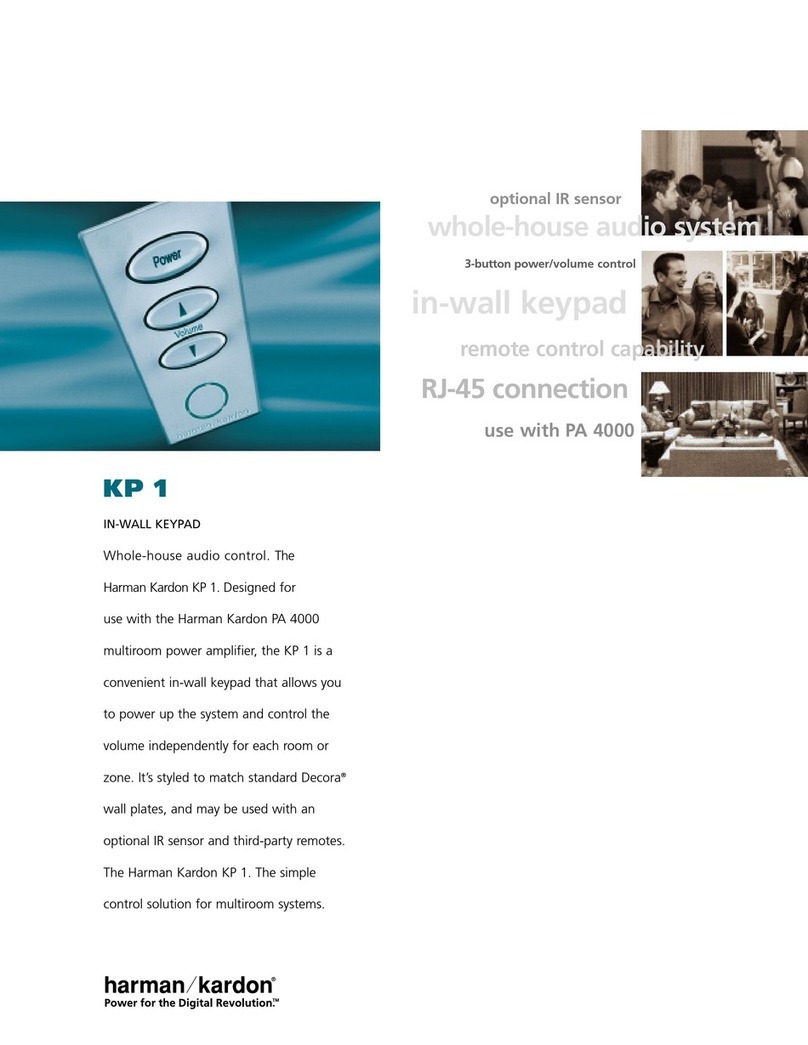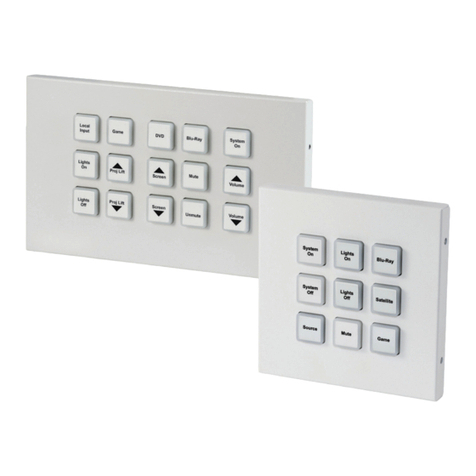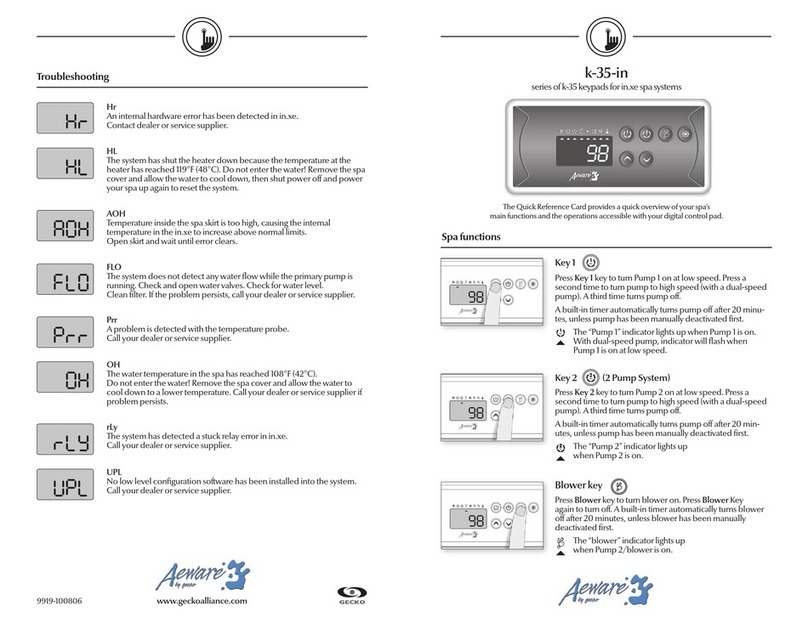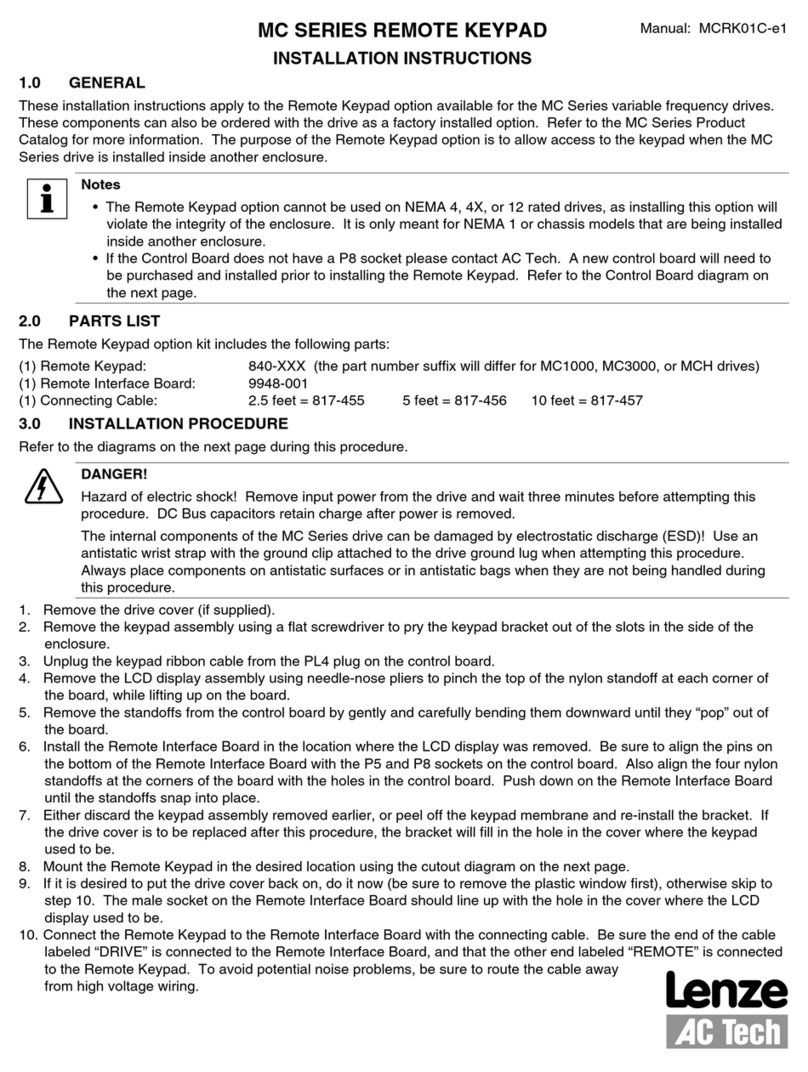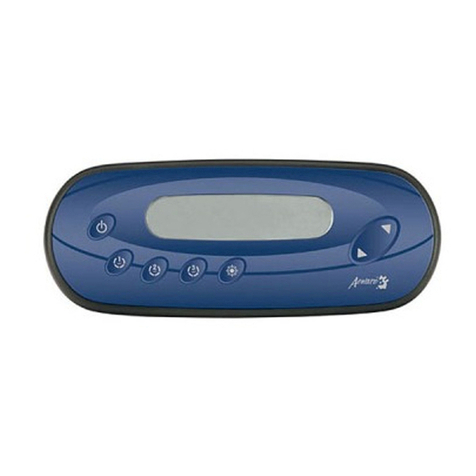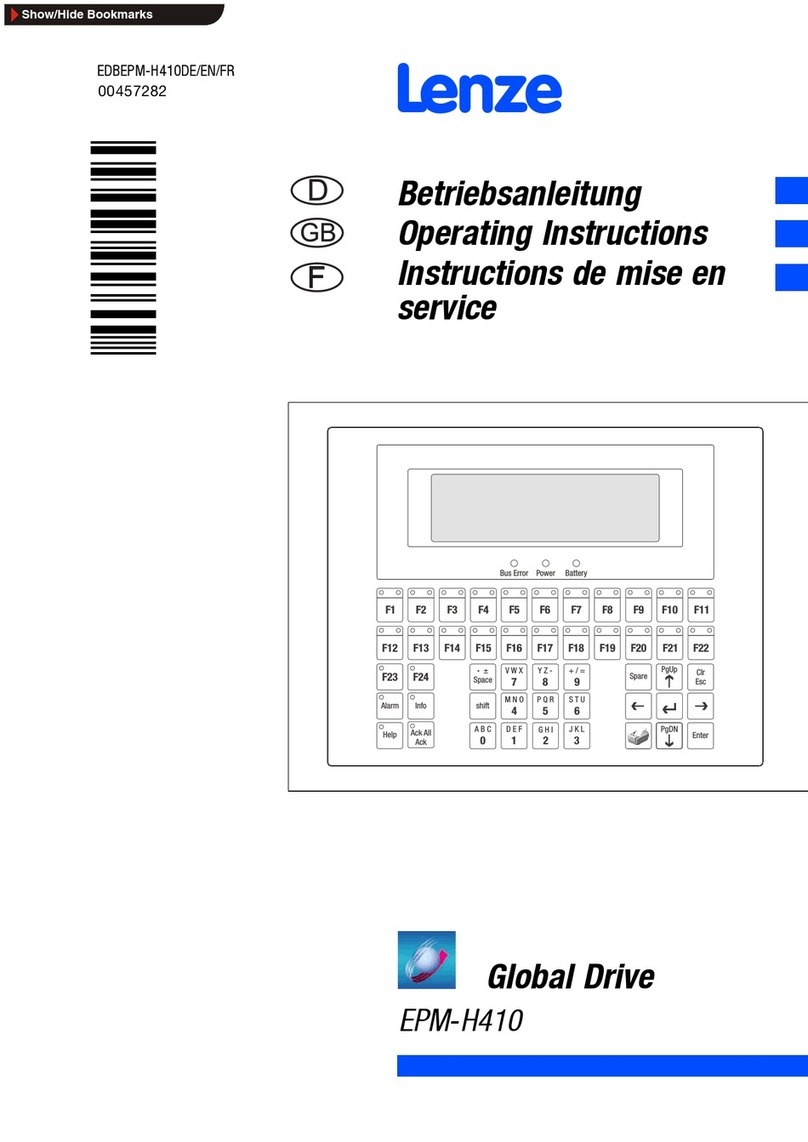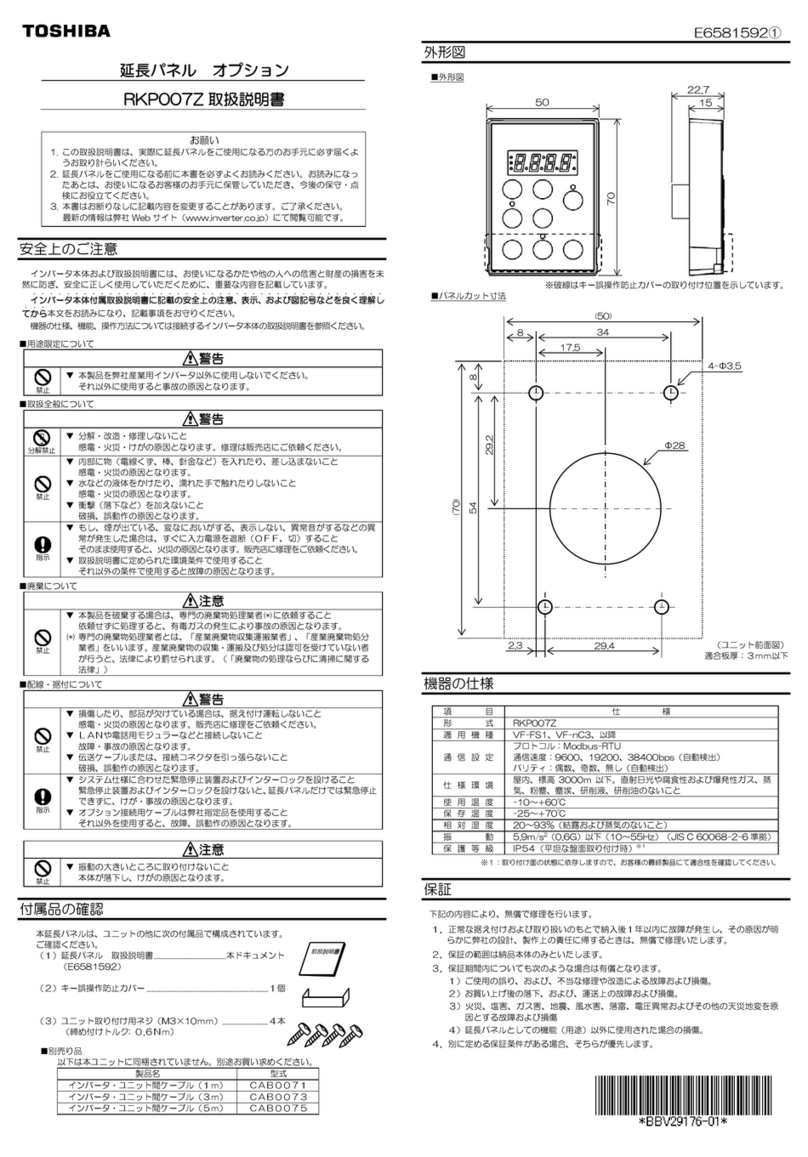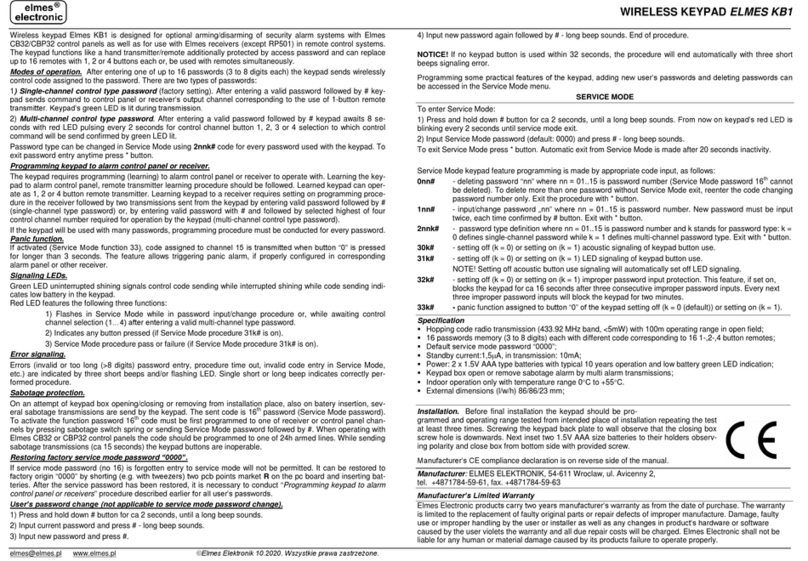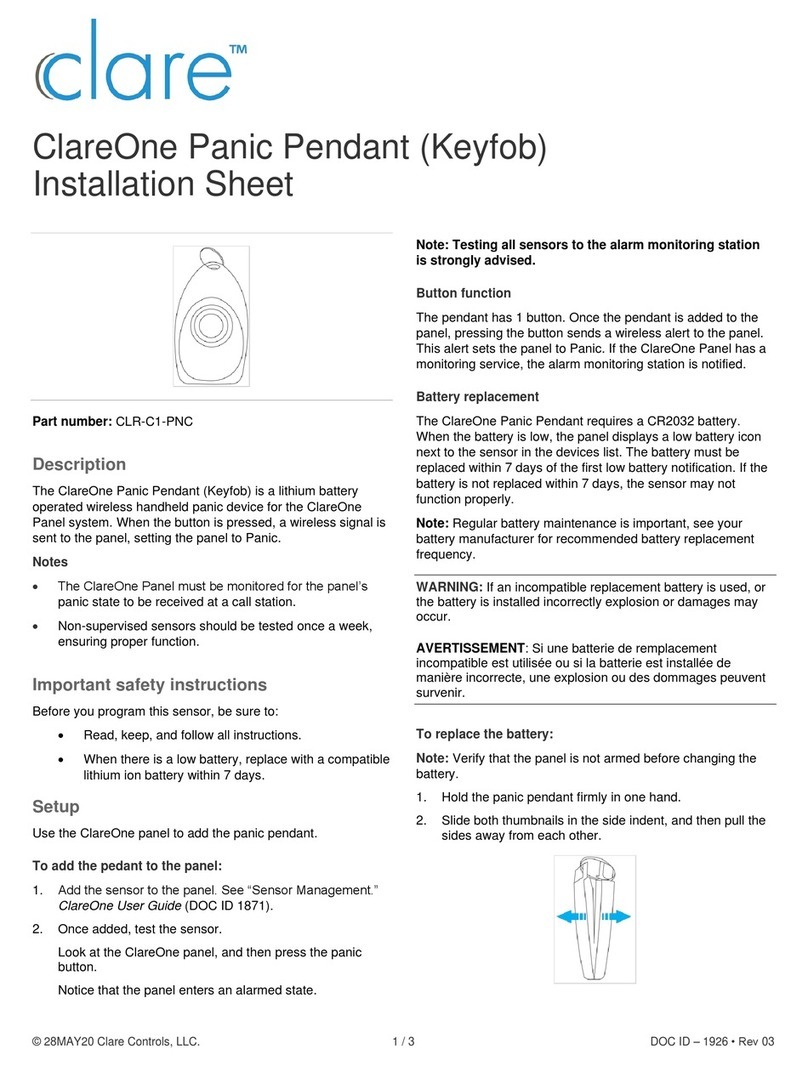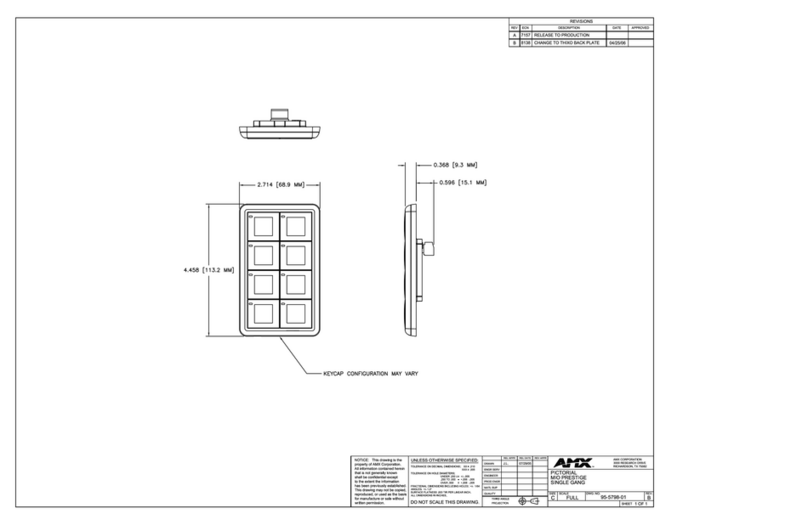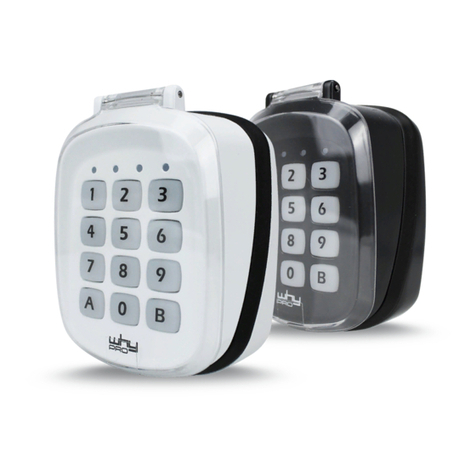MANUAL
PIN CODE KEYPAD 3068
5
1.2 Product Description
The PinCode Keypad 3068 is a digital "key" (transponder), which opens SimonsVoss
lockings without contact via radio transmission after the correct numerical codes are
entered.
To configure the system, you must first correctly configure at least one PIN and the
associated integrated transponder for the locking. The associated locking is then re-
leased after a correct PIN has been entered.
The PinCode Keypad that you have purchased is a product that can be used both in-
side and out. The product has its own power supply, so that it can be operated com-
pletely self-sufficiently. Installation is very simple, because absolutely no cabling is
required.
Because of the modularity, this component can be seamlessly integrated into the Si-
monsVoss System 3060, and, like all SimonsVoss components (on the transponder
side), it can be programmed with the locking plan software.
2.0 Functional Overview
2.1 Function Overview
The PinCode Keypad comprises the following components:
•PIN code input and evaluation
•Integrated digital key (transponder), which opens the associated locking when
it is triggered after the PIN code has been evaluated successfully
Consequently, the PinCode Keypad allows you to address all SimonsVoss lockings
(such as cylinders, Smart Relays, and even activation units, etc.) using the PIN code.
Three different PINs are available, so that individual PINs can be assigned to up to 3
people or groups of people. When a PIN is reprogrammed, only one of up to three
user groups needs to be informed. Furthermore, in SimonsVoss lockings (with the
time control function, meaning access control and time zone control), it is possible to
grant a person or group of people access to a building only during certain times, and
to keep a record of which PIN accessed the locking at what time.
